The following memos, tests and photographs illustrate the very beginnings of Ford's reliance on wind tunnel testing in automobile design and provides an insider's view into the making of Ford's Mexico supercar for the 1950's...
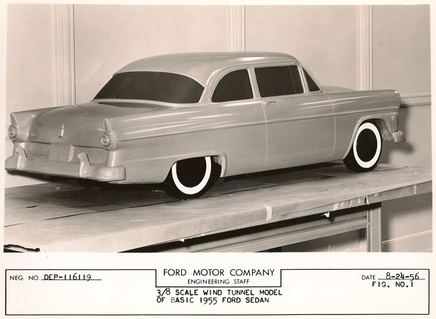
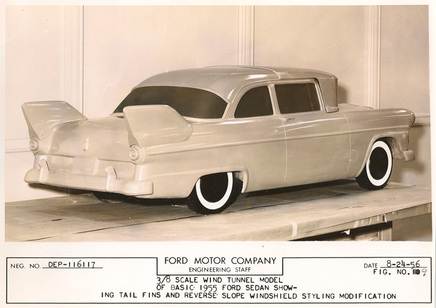
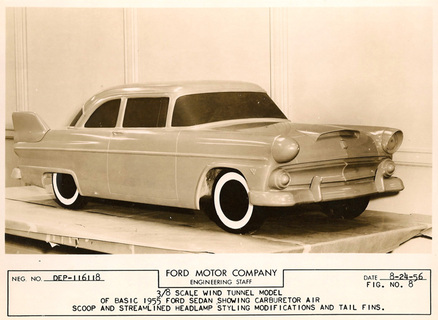
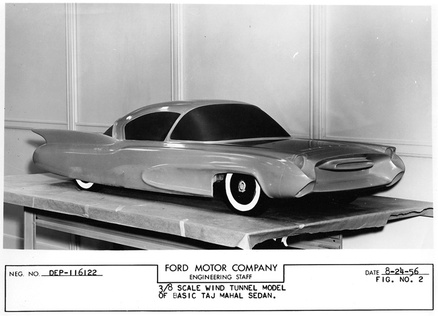
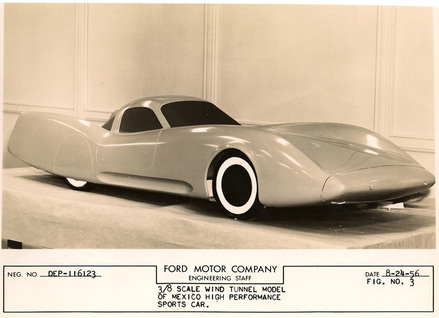
In addition, the results of other tests shown below indicated that the Mexico would only require half the horsepower to overcome wind resistance at 120mph over the standard 1955 sedan. Another way to look at it is that the Mexico would have an additional 70 horsepower to use for acceleration and top speed over its sedan counterpart.
The ground effects of the full bellypan of the Mexico were shown to be so beneficial to reducing drag that it was considered "well worth [the] effort and expense to incorporate as a standard feature of automobile design." Tremulis' 1955 Mexico had proven its worth as the test bed.
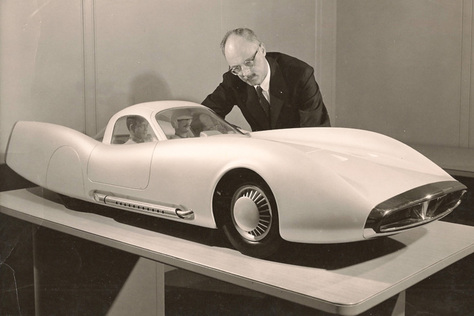
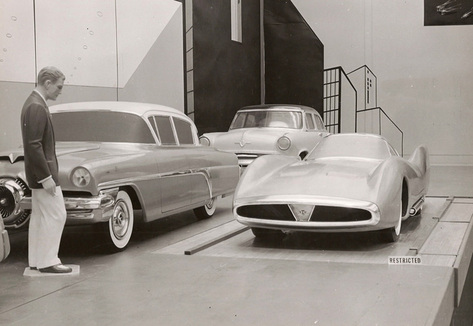
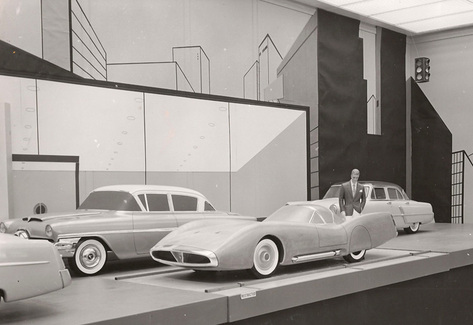
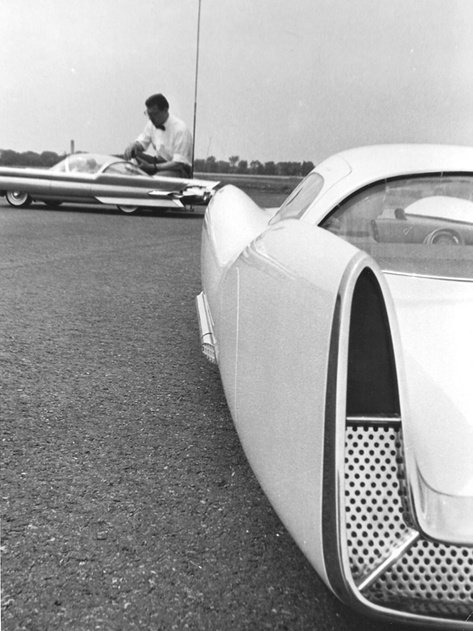
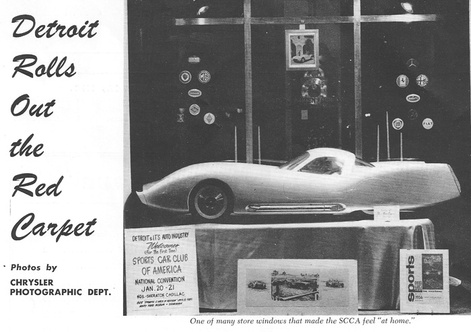
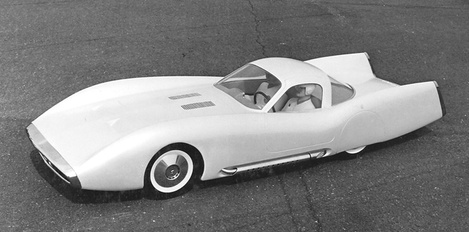
Although the Mexico never made it to a full-scale model, the development of many future record-setting race cars and their drivers would benefit directly from the lessons learned by Tremulis a decade earlier.
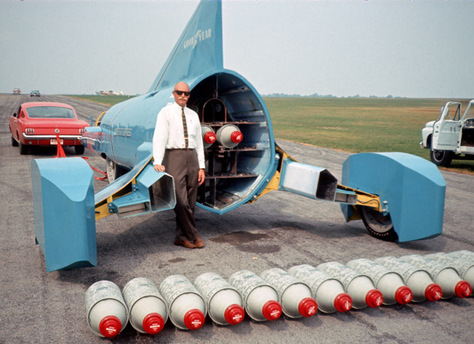
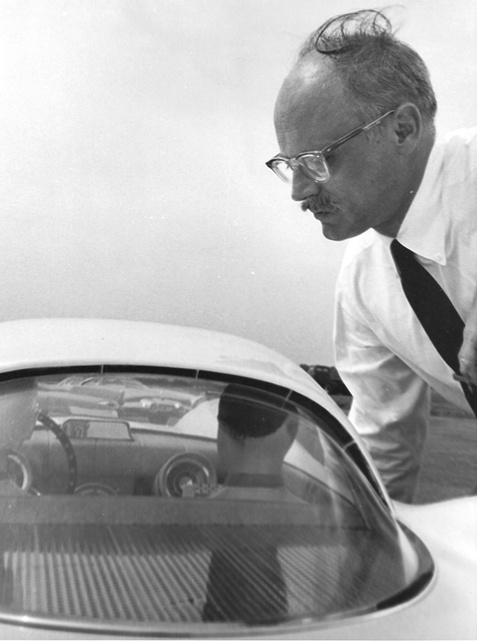
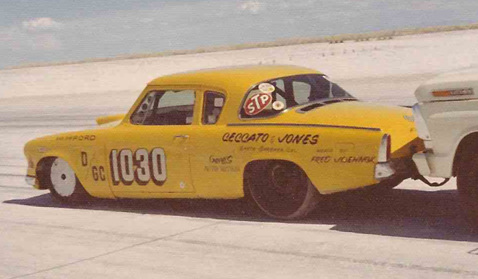
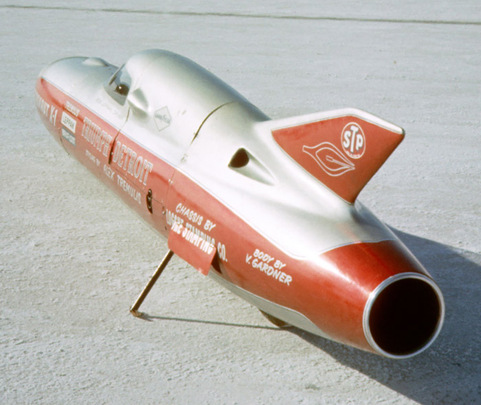
It did, and in 1966 the Gyronaut went on to set the world's record for motorcycles at 245.667mph, a speed no other motorcycle would achieve for another four years.

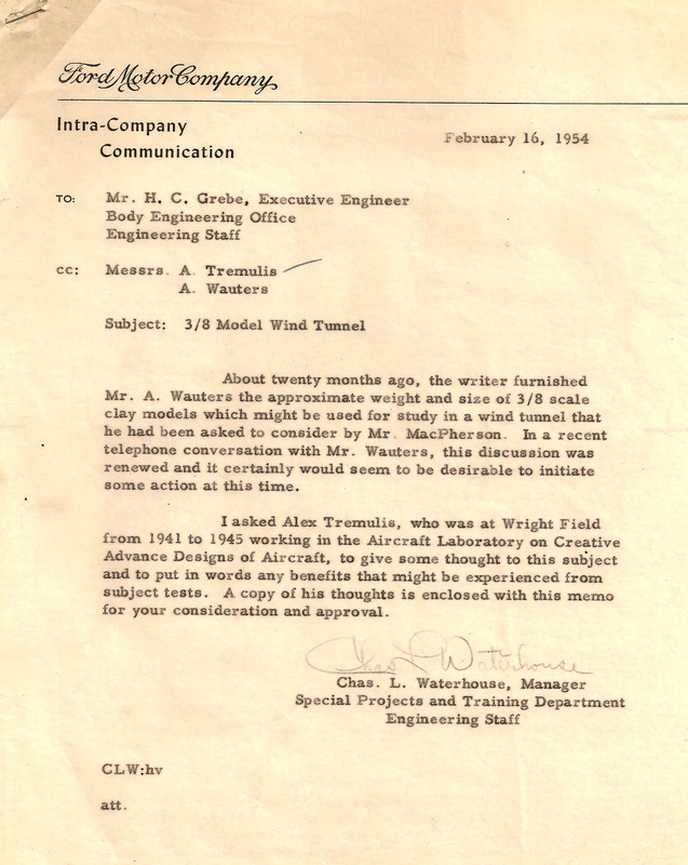
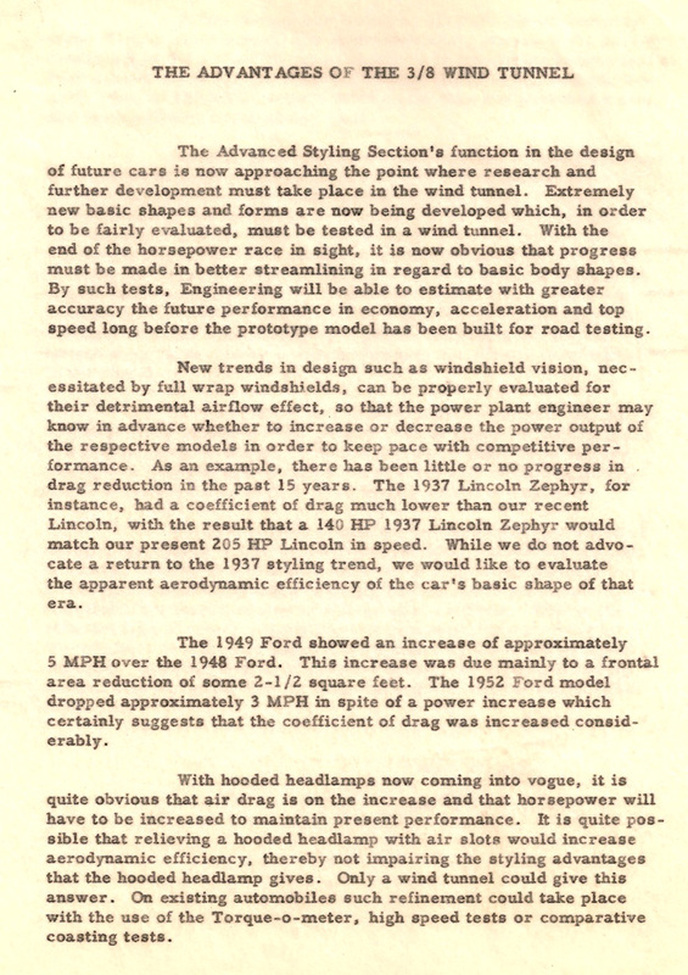
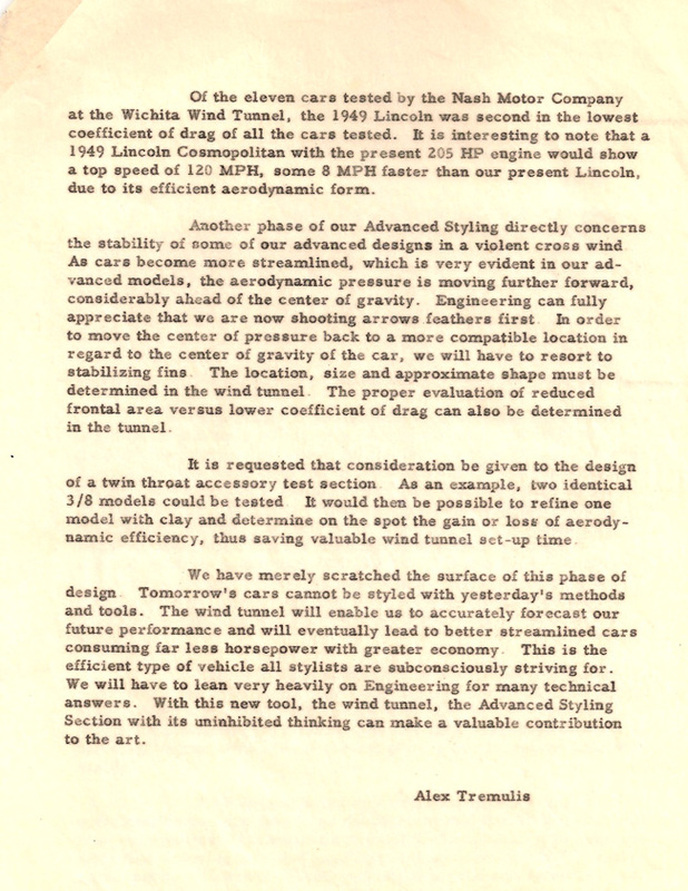
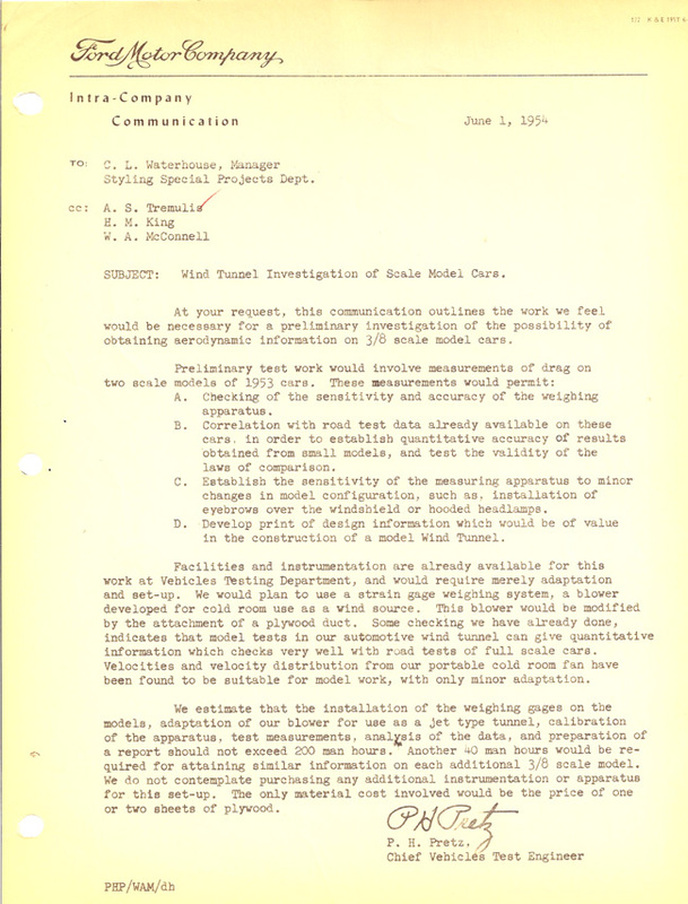
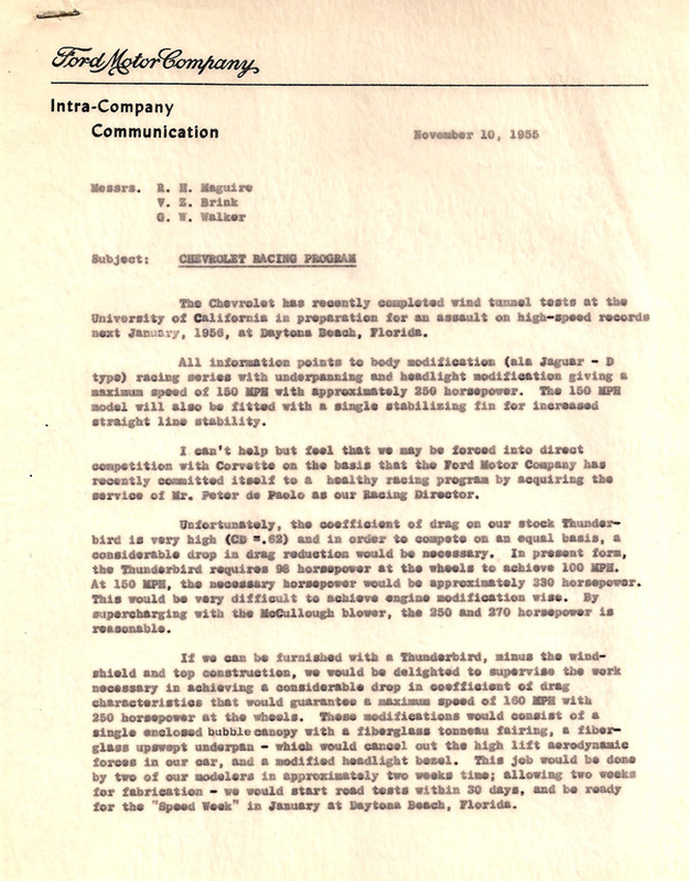
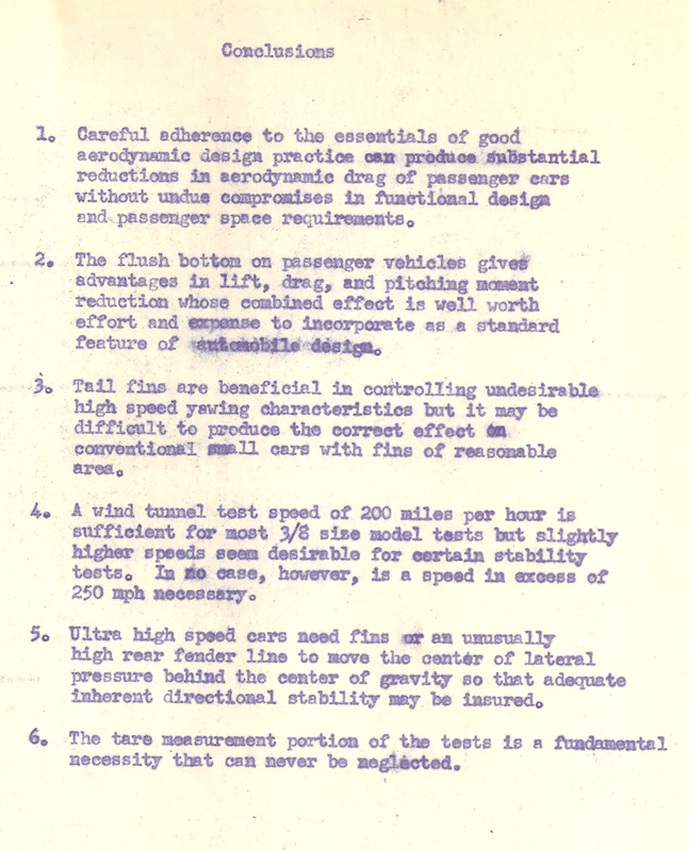
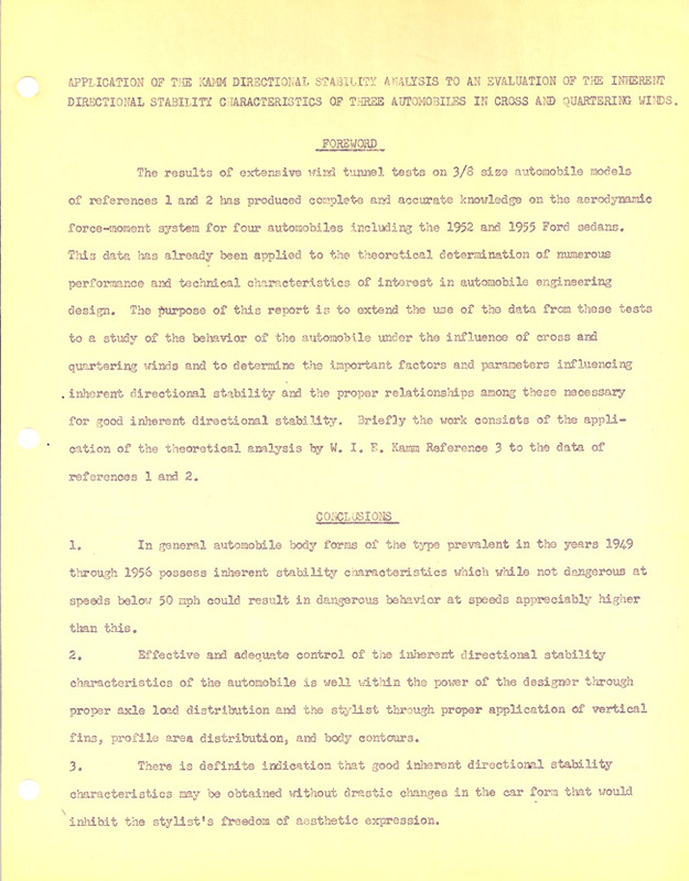
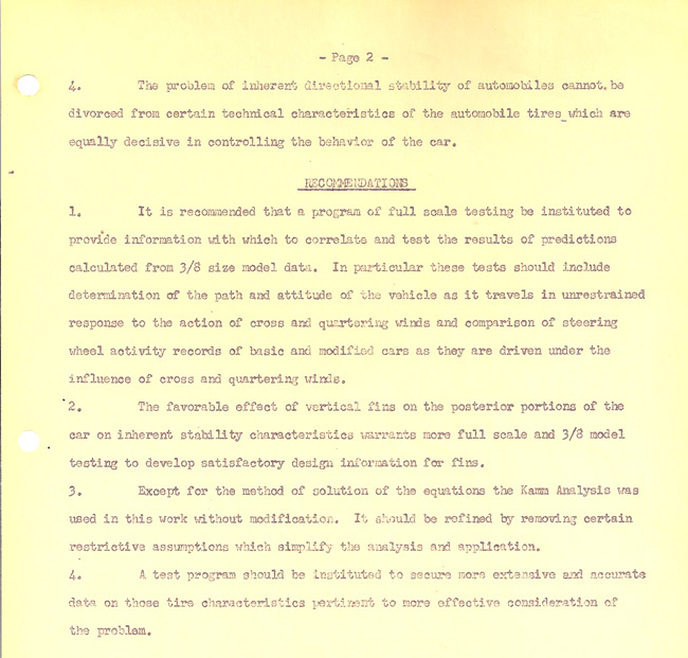
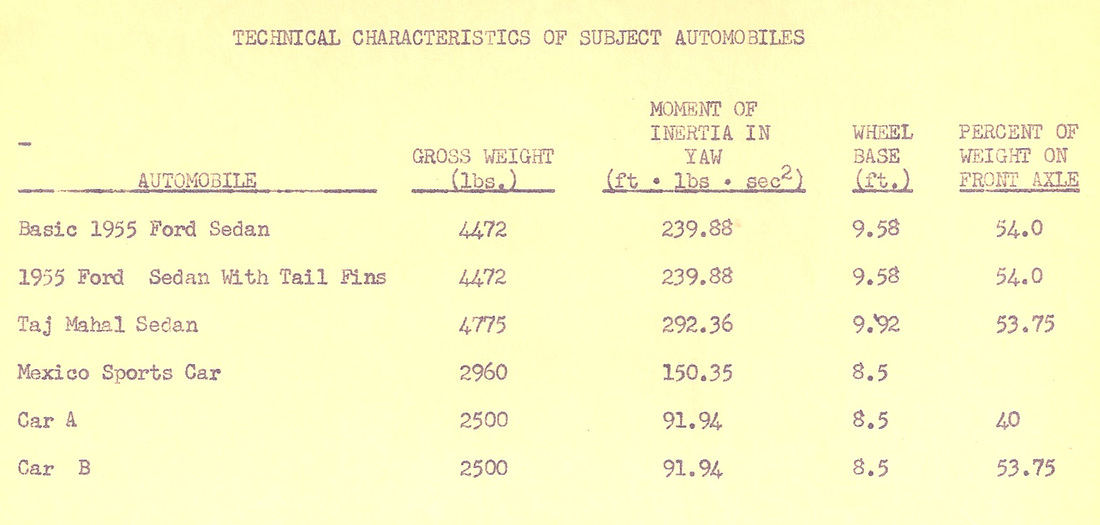
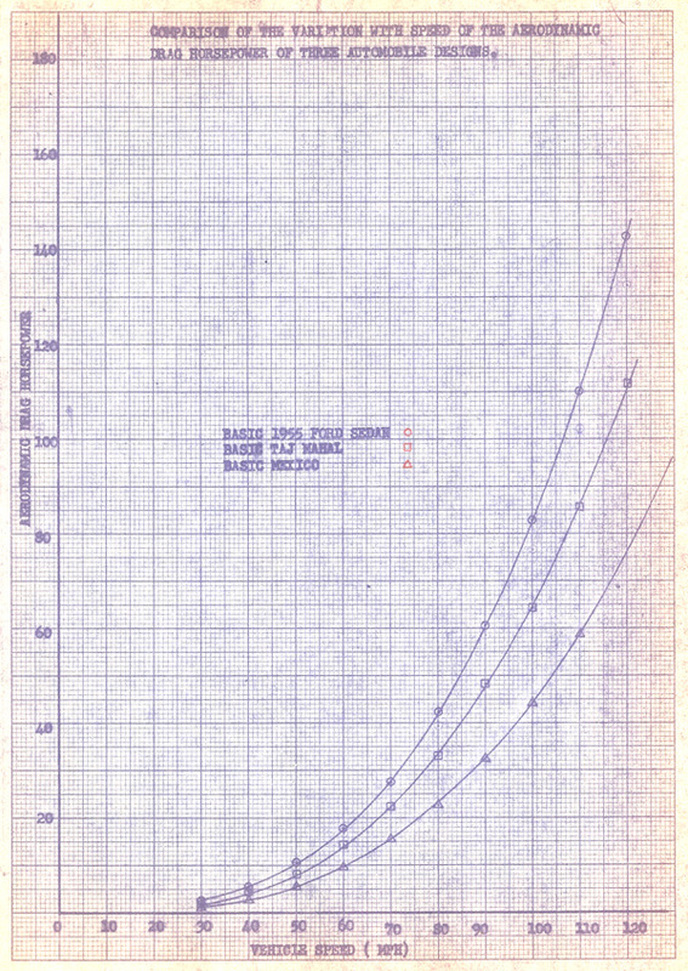


 RSS Feed
RSS Feed
